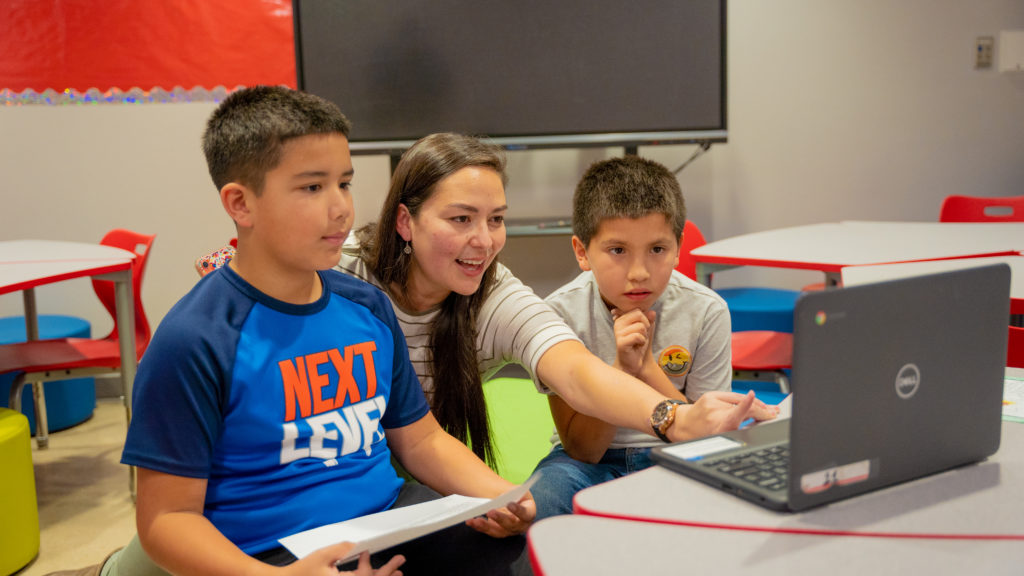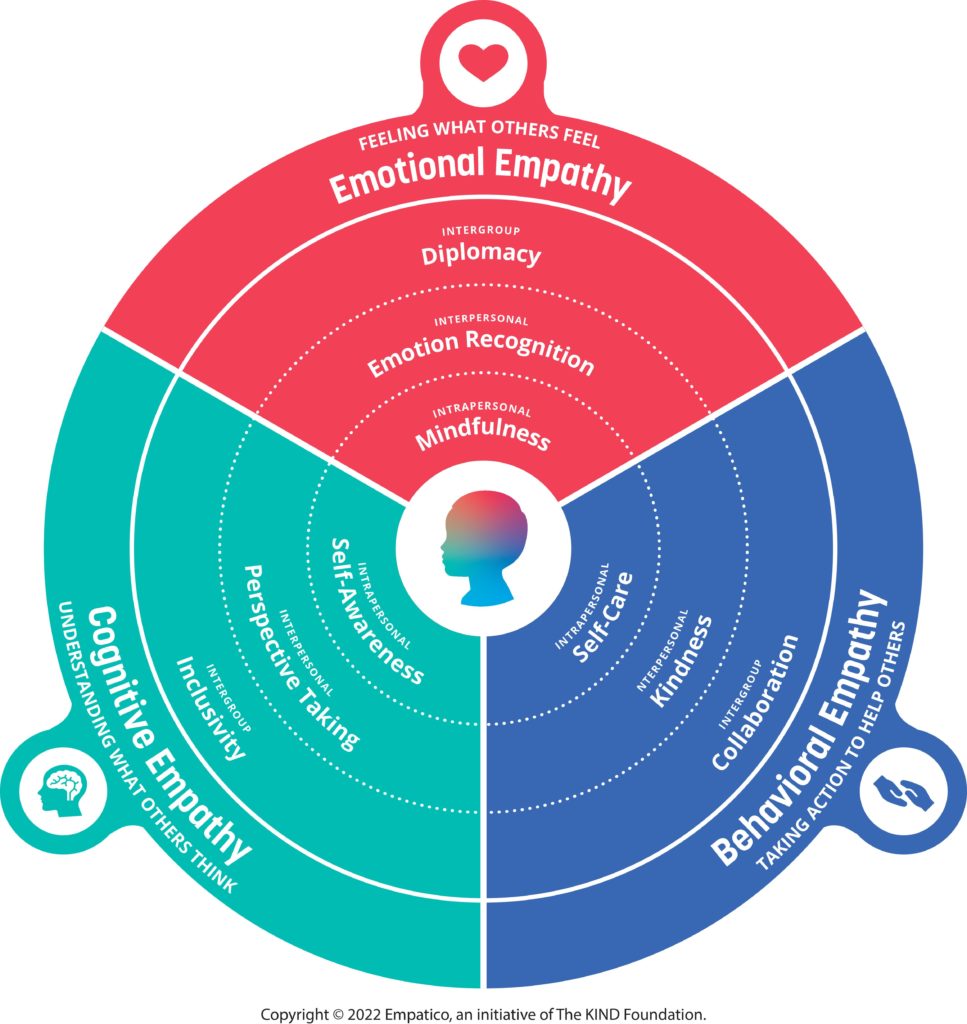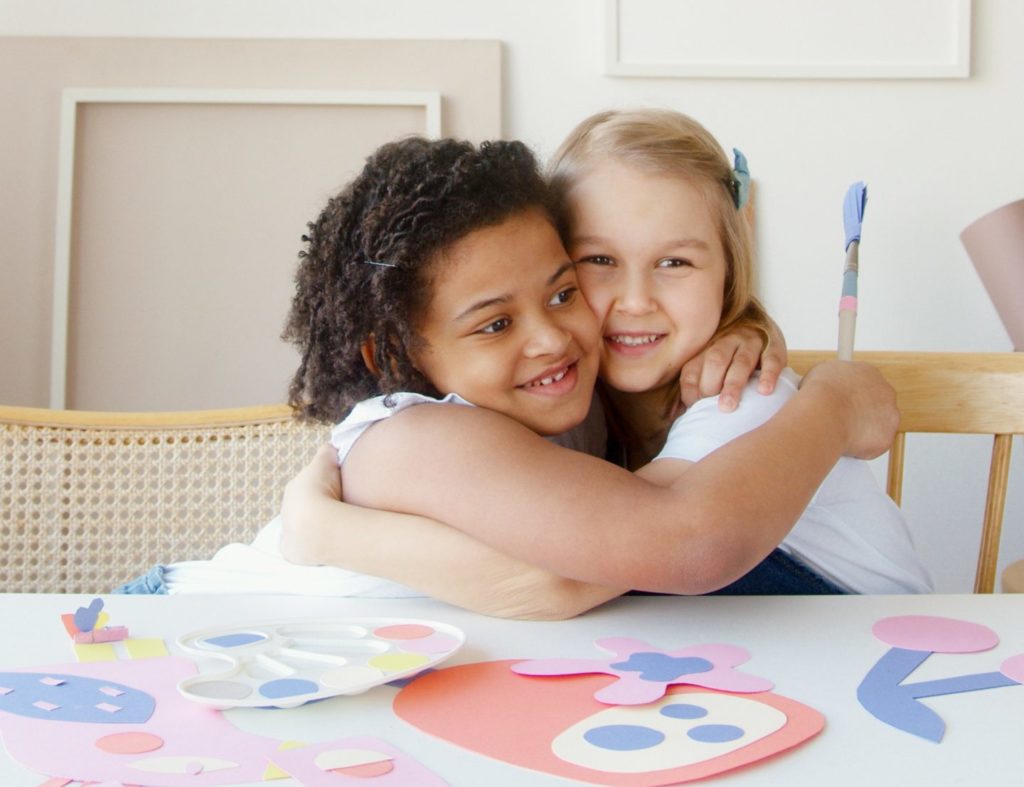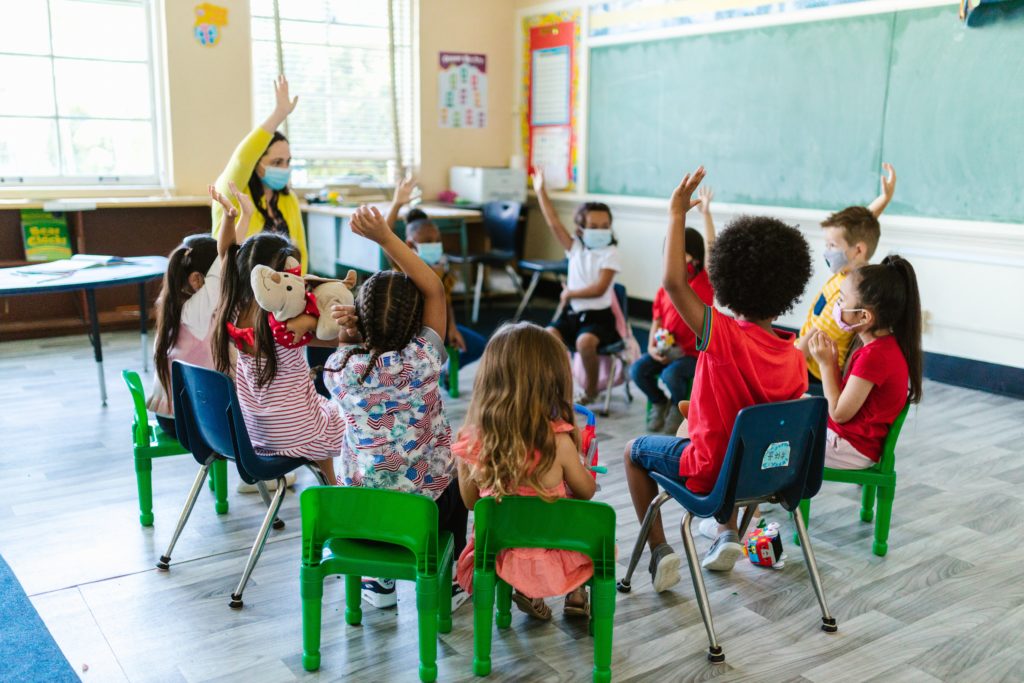What is empathy? And, how can you teach empathy to kids?
Is it even possible to teach empathy? We’re here to tell you “yes, yes it can”. Before we get into that, let’s take the time to truly understand what empathy means.
“Empathy” has been somewhat of a buzzword in recent years, and, like any buzzword, has received some push back. But empathy is a critical skill for success in the classroom and beyond, as it promotes healthy growth and development, both for individuals and for society as a whole.
Empathy is the ability to understand, share, and act on the feelings of others.
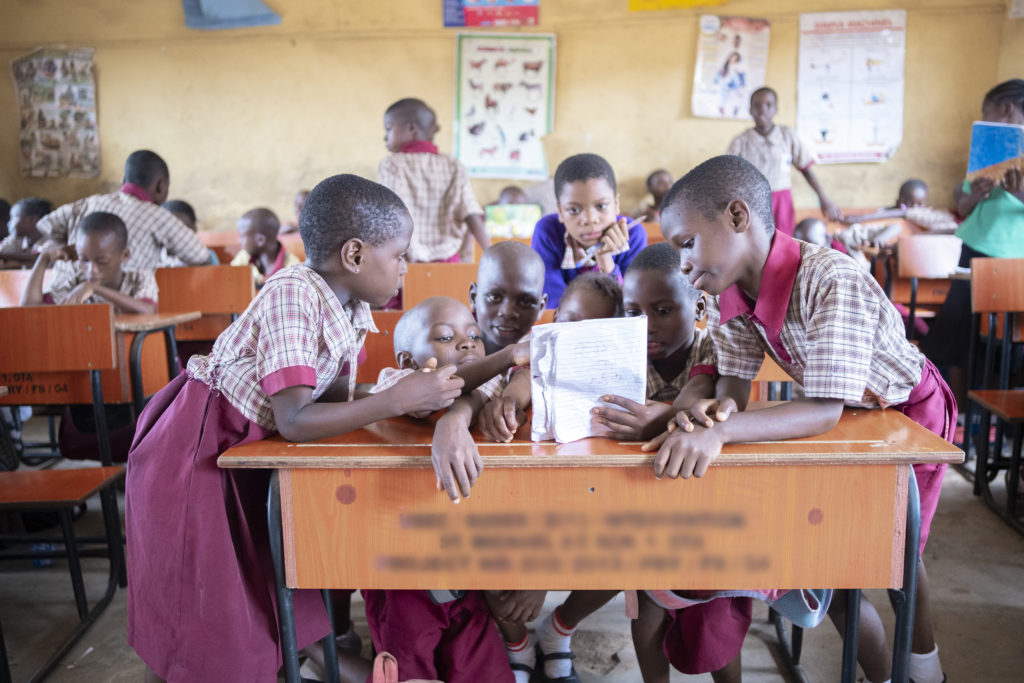
At Empatico, we think of empathy as a multidimensional skill set that can be broken down into nine categories. Rooted in research literature from education, psychology, sociology, conflict resolution, and communication, the Empatico team devised the Empathy Framework, to express our comprehensive approach to building life-long empathetic skills. The framework identifies three distinct domains of empathy: emotional, cognitive, and behavioral. There are also three levels of application or interaction: practicing empathy towards yourself, towards your community, and towards those outside of your immediate community.
Empathy skills are highly interactive and grow through social interactions. Empathetic behaviors are fundamentally built on people’s social interactions, which is where individuals practice and learn how to empathize not only with others, but also with themselves and with groups.
What is Emotional Empathy?
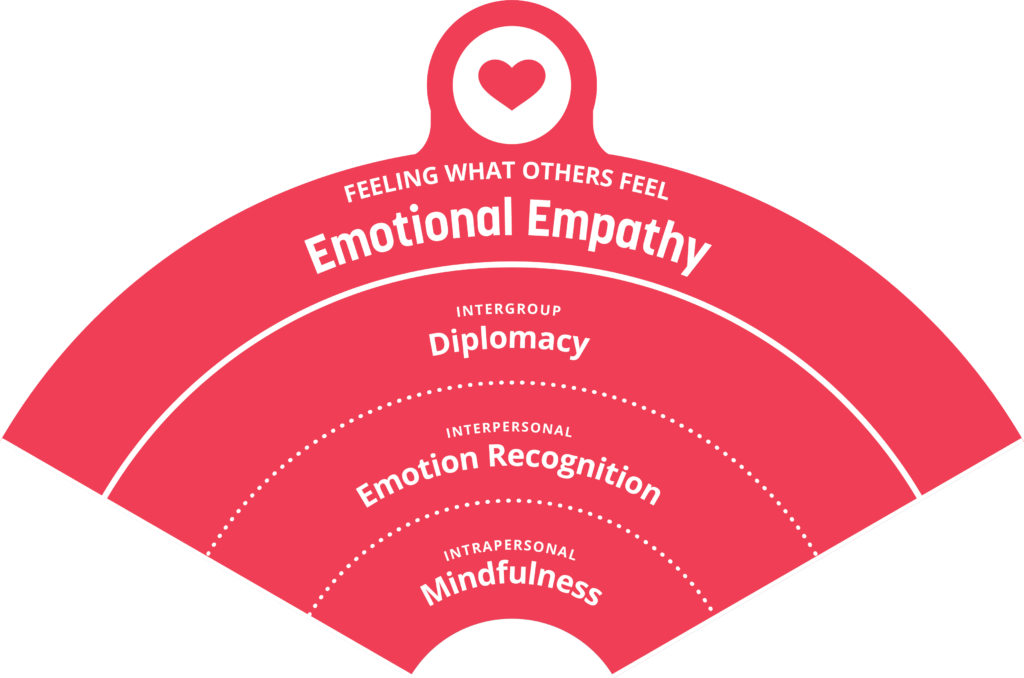
Emotional empathy is the ability to feel another person’s emotions. Practicing emotional empathy helps build emotional connections among individuals and groups. This type of empathy emerges early in childhood, often as early as three months of age. It often co-occurs with other skills like perspective-taking, fantasy-making, and general social competence. Within emotional empathy, there are three important skills to develop: “mindfulness”, “emotion recognition”, and “diplomacy”, also known as “openness”.
1. Mindfulness
“Mindfulness” is emotional empathy practiced towards yourself. In other words, mindfulness is the ability to maintain a moment-to-moment awareness of your own thoughts and feelings. This includes skills like:
- Identifying and managing your own emotions
- Staying grounded in the present moment
2. Emotional Recognition
When you practice emotional empathy towards others, you develop “emotional recognition”. Thanks to this empathy skill, you can recognize the mood, feelings, or emotions of another person. This includes:
- Identifying a peer’s emotions and naming emotions associated with different facial expressions
3. Diplomacy
When practicing empathy towards a group of individuals, you are developing your “diplomacy” empathy muscle. This is your openness to different opinions, beliefs, feelings, norms, ideas across cultures and includes skills like:
- Understanding and being open to different ways of expressing emotions
- Navigating emotions in group settings
What is Cognitive Empathy?
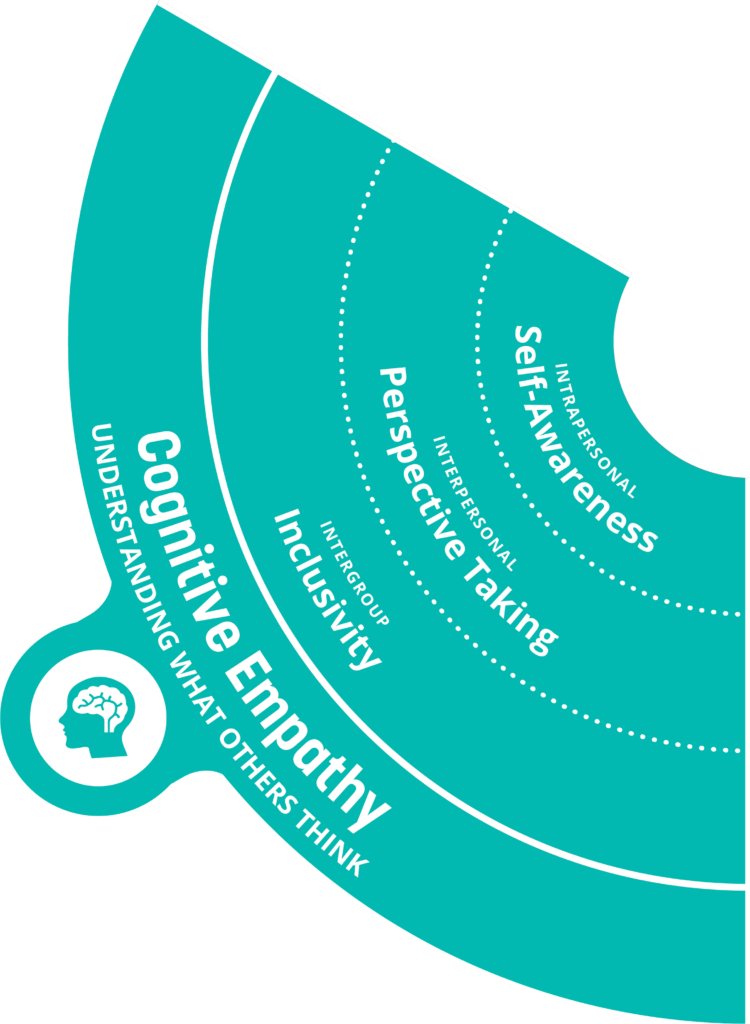
Cognitive empathy is the ability to understand how someone else is feeling and what they might be thinking. It helps us understand other people’s point of view. By developing the cognitive empathy muscle, students learn to consider how other people might feel or react to different situations. Cognitive empathy includes being aware of ourselves, thinking about other’s perspectives and being inclusive to people who are different from us.
4. Self-Awareness
When practicing cognitive empathy towards yourself, you are working on “self-awareness”. This is the ability to understand your own thoughts and values and how they influence your behaviors in different contexts. Self-awareness can look like:
- Recognizing your own identity
- Understanding your biases
5. Perspective-Taking
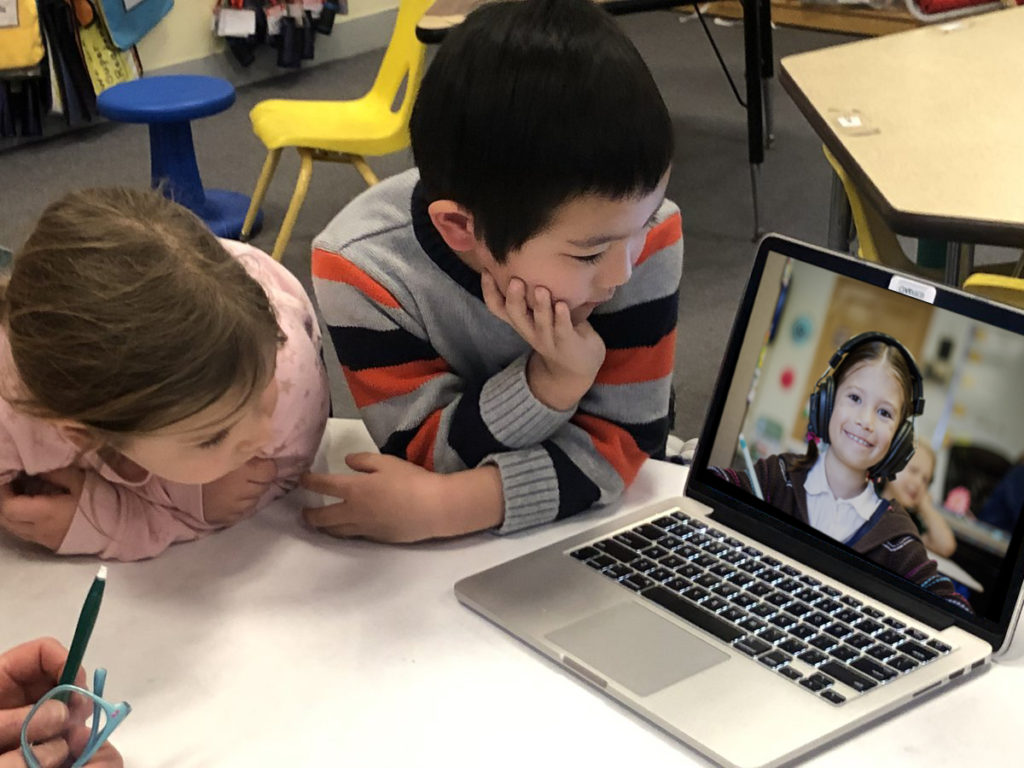
Most of us associate “empathy” with “perspective-taking”. But perspective-taking is only one of the nine empathy skills! More specifically, perspective-taking is when we practice cognitive empathy towards others. It’s the ability to imagine the thoughts and experiences of another person and includes:
- Putting yourself in someone else’s shoes
- Thinking critically about your assumptions of others
- Moral imagination (using books, films to explore new worlds and perspectives)
6. Inclusivity
“Inclusivity” is the capacity to recognize members of different groups as humans who have diverse perspectives and who are worthy of our empathy. “Inclusivity” looks like:
- Showing curiosity by seeking others’ perspectives
- Demonstrating humility
- Realizing and identifying that “normal” is different for different people
What is Behavioral Empathy?

Behavioral empathy, also known as compassion, is when you want to help or protect people around you, including yourself and your community. This type of empathy can happen without feeling or understanding the other person’s emotions or thoughts. By learning how to develop behavioral empathy, students learn how to think about making a positive difference in their communities and how to act kind and helpful towards other people, including those from different groups. Developing behavioral empathy helps us be kind and take care of ourselves, and also helps children believe they have the capacity to change the world.
7. Self-Care
Practicing the foundational skill of “self-care” is behavioral empathy towards yourself. We all need to take time to care for ourselves in order to have the energy to help others. Self-care can look like:
- Understanding and doing what you need to do to support your own mental, physical and emotional health
- Expressing your emotions and needs
8. Kindness
“Kindness” and helping others is behavioral empathy practiced towards another and looks like:
- Expressing your concern for another person
- Treating someone else with respect
- Telling someone else that they are valued
9. Collaboration
“Collaboration” is when we extend our kindness and willingness to help not only those in our own social group, but members of other groups and includes skills like:
- Practicing active and compassionate listening
- Problem solving to help others
- Showing courage and resolving conflicts
Empathy as a whole is dynamic, as emotional, cognitive, and behavioral skills contribute to one another and overlap when practicing empathy towards ourselves, others, and groups. As an educator, you can model, teach, and intentionally create space to practice these skills at all levels of interaction and in all three dimensions to develop empathy and maintain it over time.
